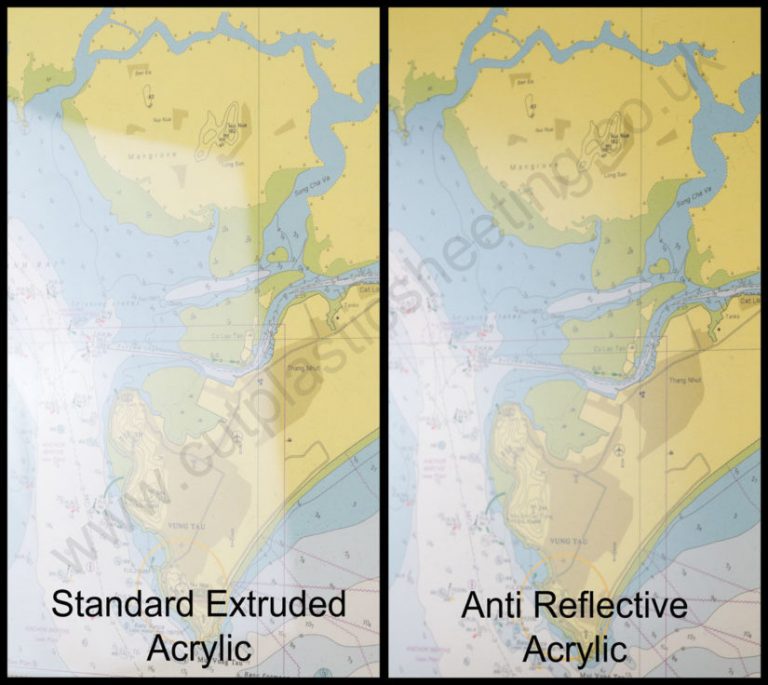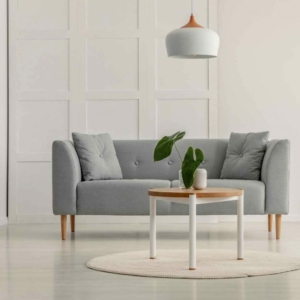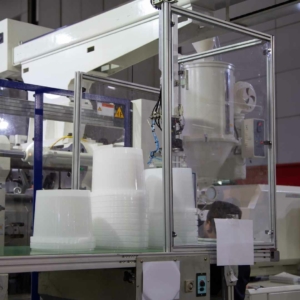Picture framing, whether for a hobby or as a profession, has a lot of benefits. It’s relaxing, it’s creative, it makes people happy to have their treasured images framed beautifully, and it focuses the mind and keeps it active. It’s not something that everyone has the skill or the patience to do, but if you are able to, then it’s highly recommended. You will need to learn the art of picture framing, and you’ll need to buy the equipment and materials necessary to do a good job. One of those materials could well be anti-reflective acrylic.

What Is Anti-Reflective Acrylic?
Anti-reflective acrylic is a truly useful type of plastic. It’s a clear acrylic sheet that has a matte surface finish on just one side. This is what makes it anti-reflective, and it reduces the glare otherwise associated with acrylic plastic sheets. That glare can be distracting, and really take away from what the plastic is meant to be protecting; that’s one of the reason why anti-reflective acrylic is used for framing – you can appreciate what is framed without being distracted.
The Advantages of Anti-Reflective Acrylic Over Glass
Anti-reflective acrylic has a number of advantages when compared to standard glass. Firstly, it is shatter-proof. A piece of glass will naturally smash to pieces when it is dropped, or if it falls from a wall hanging, or is knocked from a dresser or windowsill. This can have the effect of scratching the image framed beneath, and even if the image itself is safe, you will need to have the entire thing re-framed. With anti-reflective acrylic, this won’t happen. If you knock it over, if it falls, or even if it is dropped, the acrylic won’t shatter, your image will be safe, and you won’t have to go to the expense of having to have it reframed.
This can also be a huge bonus if you are an artist who travels a lot for fairs and shows. Your framed pictures will arrive in much better condition, plus you won’t fall foul of the show organiser’s insurance rules which in some cases don’t allow glass.
Light is another benefit. When you frame your picture, it’s important to be able to see it – that’s the point. When you use acrylic, you let in around 10 percent more light than a piece of glass will. So acrylic offers much better visibility.
Drawbacks of Anti-Reflective Acrylic
Anti-reflective acrylic is great for the main part, but it does have some drawbacks. It is prone to static, which means you simply can’t use it to frame some media including pastel chalks. It can also scratch much more easily than glass, so it’s essential that you only clean it using a soft cloth – a microfibre cloth is ideal.
Temperature and humidity can also be a problem when it comes to acrylic glazing. Because the acrylic is not rigid like glass is, high temperatures and fluctuations in humidity can cause it to bow. If this happens, the plastic would need to be replaced, and if you leave the picture in the same place, it will happen every time – this could get expensive.
Conclusion
When it comes to framing your precious images, you want them to look as good as they possibly can. And you want them to be safe. Between glass and anti-reflective acrylic, the choice does seem to point towards the plastic – it is safer, it allows in more light, and, as long as you care for it, it will last for a long time to come.
For more information on Acrylic, Perspex, MDF, Dibond and Polycarbonate please visit our Guide and Blog sections of the website.
Cut Plastic Sheeting are based on the south Coast in Ivybridge, Devon UK. We have a full manufacturing facility which enables us to offer Cut To Size Acrylic as well as Cut To Size MDF. Shop our full range of products, including our Clear Acrylic, coloured acrylic and more recent MDF Wood Sheet ranges.
Our Team are always here to help with any enquiry, please send us an email or for more urgent needs give us a call – Contact Us



